Ransomware Spotlight: BlackByte
Top affected industries and countries
The data used in this section represent the count of unique machines where BlackByte-related activity had been detected. Based on our telemetry data, BlackByte showed a fairly consistent level of activity from October 2021 to March 2022. However, May 2022 detections showed a drastic uptick in number.
Figure 1. BlackByte monthly unique detections (October 1, 2021 to May 31, 2022)
Source: Trend Micro™ Smart Protection Network™
Based on our telemetry data from April 30, 2021 to May 31, 2022, we detected BlackByte activity all over the globe. However, after the spike in activity in May, Peru outstripped other countries in detection. This is consistent with the reported escalation of ransomware attacks in Latin America, where BlackByte was also reportedly among those that targeted the region.
Figure 2. Countries with the highest number of attack attempts for the BlackByte ransomware (April 30, 2021 to May 30, 2022)
Source: Trend Micro Smart Protection Network
Up to the end of April 2022, the technology sector saw the most BlackByte detections, however, in May, detections in the government sector also shot up.
Figure 3. Countries with the highest number of attack attempts for the BlackByte ransomware (April 30, 2021 to May 30, 2022)
Source: Trend Micro Smart Protection Network
One way to interpret these observations is that the drastic increase stemmed from a single attack that affected several machines. Aside from the reports on ransomware groups targeting Latin America, this explanation is also based on the report that, by their own claim, BlackByte operators had compromised a Peruvian government entity around the time of the increased activity.
Targeted regions and sectors according to BlackByte leaksite
In addition to these detections, we delved into BlackByte’s leak site to see the number of attacks recorded there. We looked at data from August 1, 2021 to May 31, 2022. Based on what we found in the site, BlackByte’s victims were composed mostly of small size businesses. The activity peaked in November 2021.
Overall, the leak site has yet to reflect the focused attack on Latin American governments. The distribution of their attacks per region showed, instead, a proclivity for targeting entities based in North America and Europe.
Figure 4. Regional distribution of BlackByte victims according to the group’s leak site (August 1, 2021 to May 31, 2022)
Based on the leak site data alone, BlackByte operators and their affiliates have yet to show a marked interest in any one sector. We found a relatively even distribution of attacks across industries, which included the following:
- Construction
- Materials
- Healthcare
- Retail
- Transportation
- Energy & Utilities
- Manufacturing
- Professional services
- Automobile
- Community
- Foods & Staples
- Real Estate
- Government
- IT
- Legal services
- Media and entertainment
Figure 5. Top ransomware groups with the greatest number of listed victims in their respective leak sites (January 1, 2022 to May 31, 2022)
The data seems to show that BlackByte's operation is beginning to build a name for itself in the threat landscape while still building momentum. The following section shows how it works and how it conducts its attacks.
Infection chain and techniques
Initial Access
- BlackByte can arrive in a system by exploiting the ProxyShell vulnerabilities. Exploiting the vulnerable server allows the attacker to create a web shell to the system which is then used to download and drop Cobeacon using Certutil.
- After the initial access into the system, the attackers use Certutil to download and execute the components that it needs to propagate in the network.
- After the deployment of Cobeacon, it is then used to execute BlackByte ransomware.
Discovery and Lateral Movement
- Based on our data, the actors used NetScan as a network discovery tool that allows the attackers to get a good view of the victim’s network environment.
- After network reconnaissance, the attackers deploy AnyDesk in the system for an additional level of control over the system. The attackers repeat this process of discovery and deployment of Cobeacon and AnyDesk until it achieves its goals.
- During the execution of BlackByte, it terminates certain processes and services related to security application to evade detection.
Exfiltration
- Once the attackers have sufficiently infiltrated into the victim’s network and identified valuable files, it exfiltrates them using WinRar to archive the files and upload them into file sharing sites such as anonymfiles[.]com and file[.]io.
Impact
- Once the ransomware is executed, it terminates certain services and processes related to security application to evade detections. It also connects to its C&C server where it looks for a certain PNG file that contains information critical to encryption and is used to derive the AES128 key. This key is then protected using an embedded RSA key which will then become undecryptable without the private key. The ransomware then deletes shadow copies in the system using vssadmin.
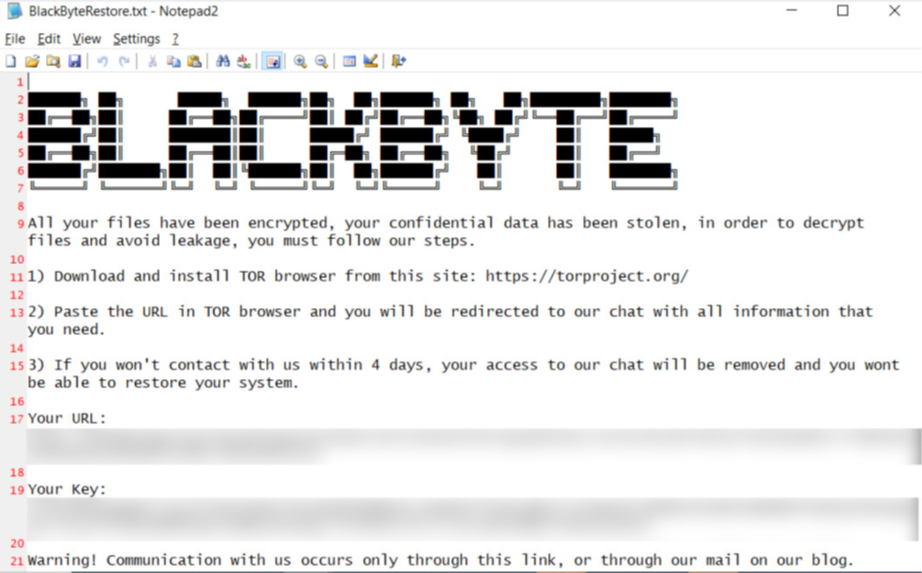
Figure 7. Sample ransom note
Other technical details
- It avoids encrypting the following files with strings in their file name:
- obamka.js
- thumbs.db
- ntdetect.com
- ntuser.dat.log
- bootnxt
- bootsect.bak
- ntldr
- autoexec.bat
- Recycle.Bin
- iconcache.db
- bootmgr
- bootfont.bin
- It avoids encrypting files with the following extensions:
- msilog
- log
- ldf
- lock
- theme
- msi
- sys
- wpx
- cpl
- adv
- msc
- scr
- key
- ico
- dll
- hta
- deskthemepack
- nomedia
- msu
- rtp
- msp
- idx
- ani
- 386
- diagcfg
- bin
- mod
- ics
- com
- hlp
- spl
- nls
- cab
- exe
- diagpkg
- icl
- ocx
- rom
- prf
- themepack
- msstyles
- icns
- mpa
- drv
- cur
- diagcab
- cmd
- shs
- It terminates the following services:
- SQLTELEMETRY
- SQLTELEMETRY$ECWDB2
- SQLWriter
- SstpSvc
- MBAMService
- wuauserv
- It terminates the following processes if found in the affected system’s memory:
- agntsvc
- CNTAoSMgr
- dbeng50
- dbsnmp
- encsvc
- excel
- firefox
- firefoxconfig
- infopath
- isqlplussvc
- mbamtray
- msaccess
- msftesql
- mspub
- mydesktopqos
- mydesktopservice
- mysqld
- mysqld-nt
- mysqld-opt
- Ntrtscan
- ocautoupds
- ocomm
- ocssd
- onenote
- oracle
- outlook
- PccNTMon
- powerpnt
- sqbcoreservice
- sql
- sqlagent
- sqlbrowser
- sqlservr
- sqlwriter
- steam
- synctime
- tbirdconfig
- thebat
- thebat64
- thunderbird
- tmlisten
- visio
- winword
- wordpad
- xfssvccon
- zoolz
- anydesk
- chrome
- opera
- msedge
- firefox
- iexplore
- explorer
- winlogon
- SearchIndexer
- wininit
- SearchApp
- SearchUI
- Powershel
MITRE tactics and techniques
| Initial Access | Persistence | Privilege Escalation | Defense Evasion | Discovery | Lateral Movement | Collection | Exfiltration | Command and Control | Impact |
|---|---|---|---|---|---|---|---|---|---|
T1190 - Exploit Public-Facing Application | T1053.005 - Scheduled Task/Job: Scheduled Task | T1134 - Access Token Manipulation | T1140 - Deobfuscate/Decode Files or Information T1222 - File and Directory Permissions ModificationIt uses mountvol.exe to mount volume names and icacls.exe to modify the access on the volume to "Everyone." T1562.001 - Impair Defenses: Disable or Modify Tools | T1083 - File and Directory Discovery T1069.002 - Permission Groups Discovery: Domain Groups | T1570 - Lateral Tool Transfer | T1560.001 - Archive Collected Data: Archive via Utility | T1567 - Exfiltration Over Web Service | T1071.001 - Application Layer Protocol: Web Protocols | T1486 - Data Encrypted for Impact T1489 - Service Stop |
Summary of malware, tools, and exploits used
Security teams can watch for the presence of the following malware tools and exploits that are typically used in BlackByte attacks:
| Initial Access | Execution | Discovery | Lateral Movement | Collection | Exfiltration |
|---|---|---|---|---|---|
|
|
|
|
| Exfiltrates to the following C&C
|
|
|
|
Recommendations
Organizations face both established ransomware families as well as newer variants that are just entering the fray. Like many newer ransomware families, BlackByte is readying itself to take the spot of any big-game ransomware operation in decline. However, underneath it all could be a more intricate scheme of threat groups dispersing under new monikers.
As with the case of BlackByte, knowing its notable tactics, while also staying knowledgeable of bigger trends can help organizations create an effective strategy for ransomware attacks. In the case of BlackByte, prevention is key by keeping employees wary of phishing tactics and keeping up with security patches such as those for ProxyShell vulnerabilities.
To help defend systems against similar threats, organizations can establish security frameworks that can allocate resources systematically for establishing solid defenses against ransomware.
Here are some best practices that can be included in these frameworks:
Audit and inventory
- Take an inventory of assets and data
- Identify authorized and unauthorized devices and software
- Make an audit of event and incident logs
Configure and monitor
- Manage hardware and software configurations
- Grant admin privileges and access only when necessary to an employee’s role
- Monitor network ports, protocols, and services
- Activate security configurations on network infrastructure devices such as firewalls and routers
- Establish a software allowlist that only executes legitimate applications
Patch and update
- Conduct regular vulnerability assessments
- Perform patching or virtual patching for operating systems and applications
- Update software and applications to their latest versions
Protect and recover
- Implement data protection, back up, and recovery measures
- Enable multifactor authentication (MFA)
Secure and defend
- Employ sandbox analysis to block malicious emails
- Deploy the latest versions of security solutions to all layers of the system, including email, endpoint, web, and network
- Detect early signs of an attack such as the presence of suspicious tools in the system
- Use advanced detection technologies such as those powered by AI and machine learning
Train and test
- Regularly train and assess employees' security skills
- Conduct red-team exercises and penetration tests
A multilayered approach can help organizations guard possible entry points into the system (endpoint, email, web, and network). Security solutions that can detect malicious components and suspicious behavior can also help protect enterprises.
- Trend Micro Vision One™ provides multilayered protection and behavior detection, which helps block questionable behavior and tools early on before the ransomware can do irreversible damage to the system.
- Trend Micro Cloud One™ Workload Security protects systems against both known and unknown threats that exploit vulnerabilities. This protection is made possible through techniques such as virtual patching and machine learning.
- Trend Micro™ Deep Discovery™ Email Inspector employs custom sandboxing and advanced analysis techniques to effectively block malicious emails, including phishing emails that can serve as entry points for ransomware.
- Trend Micro Apex One™ offers next-level automated threat detection and response against advanced concerns such as fileless threats and ransomware, ensuring the protection of endpoints.
Indicators of Compromise (IOCs)
The IOCs for this article can be found here. Actual indicators might vary per attack.
Like it? Add this infographic to your site:
1. Click on the box below. 2. Press Ctrl+A to select all. 3. Press Ctrl+C to copy. 4. Paste the code into your page (Ctrl+V).
Image will appear the same size as you see above.
Messages récents
- Estimating Future Risk Outbreaks at Scale in Real-World Deployments
- The Next Phase of Cybercrime: Agentic AI and the Shift to Autonomous Criminal Operations
- Reimagining Fraud Operations: The Rise of AI-Powered Scam Assembly Lines
- The Devil Reviews Xanthorox: A Criminal-Focused Analysis of the Latest Malicious LLM Offering
- AI Security Starts Here: The Essentials for Every Organization


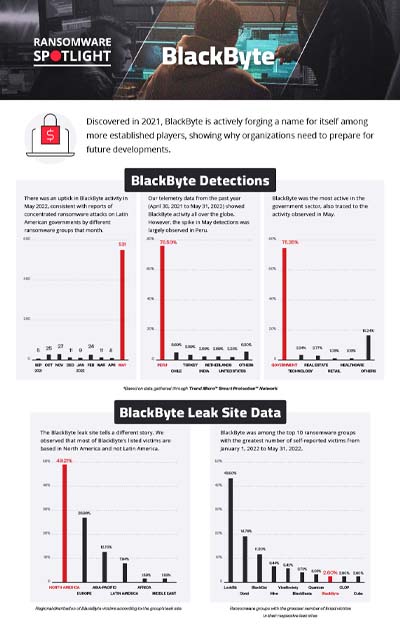
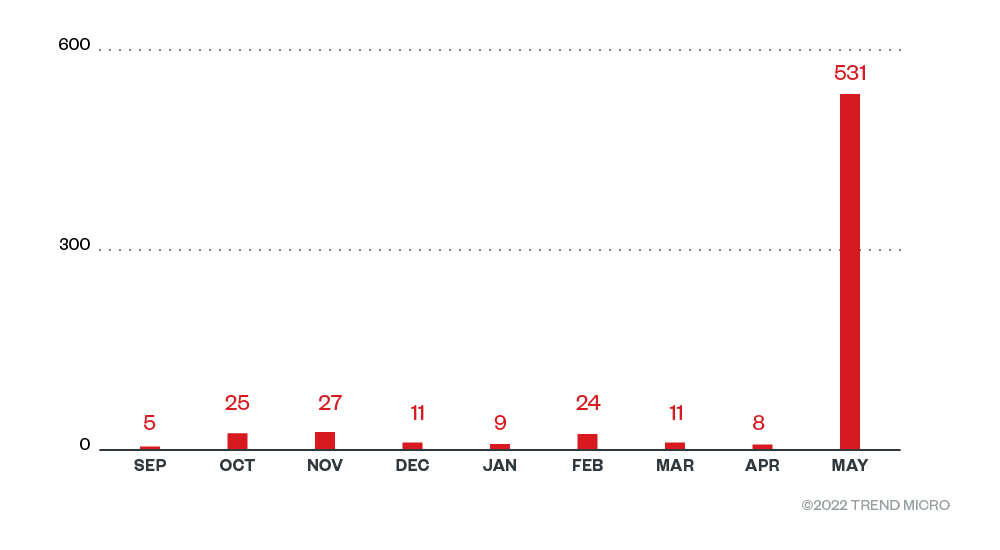
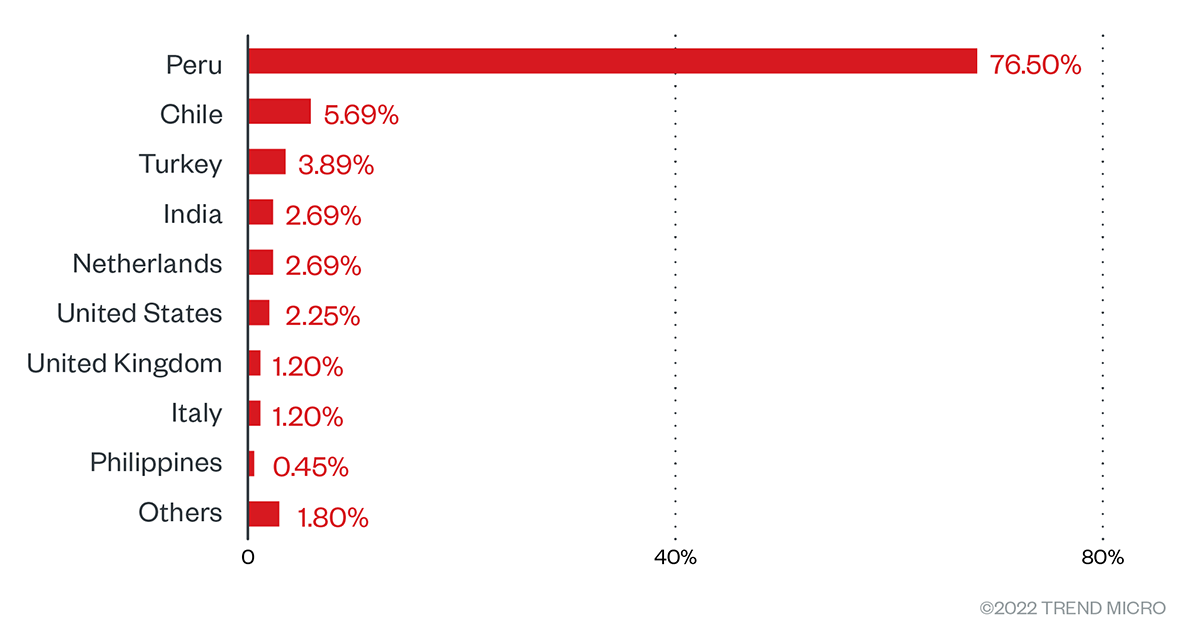
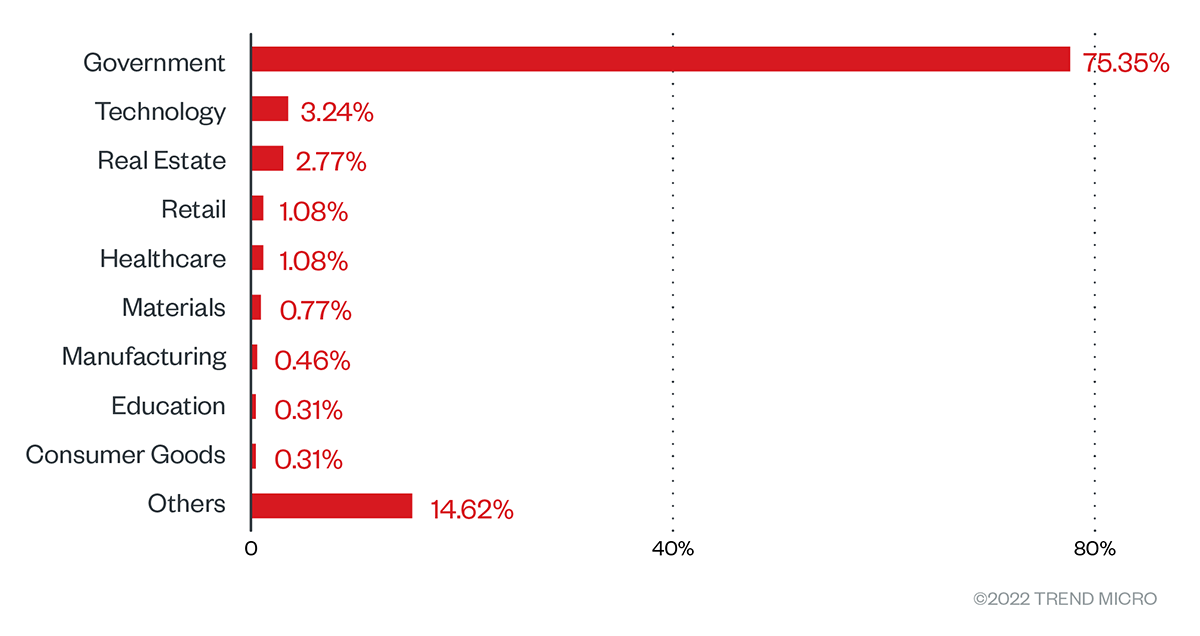
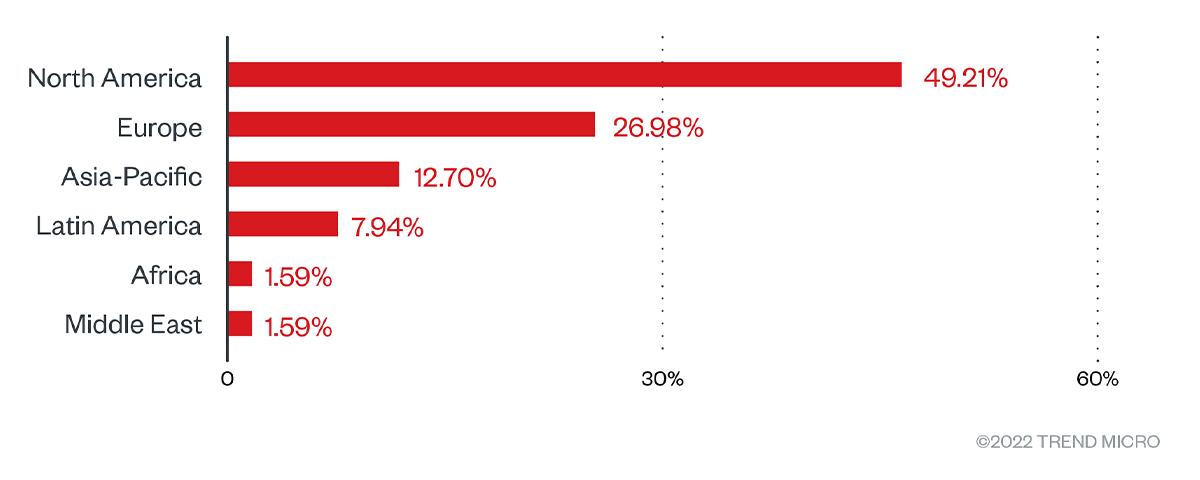
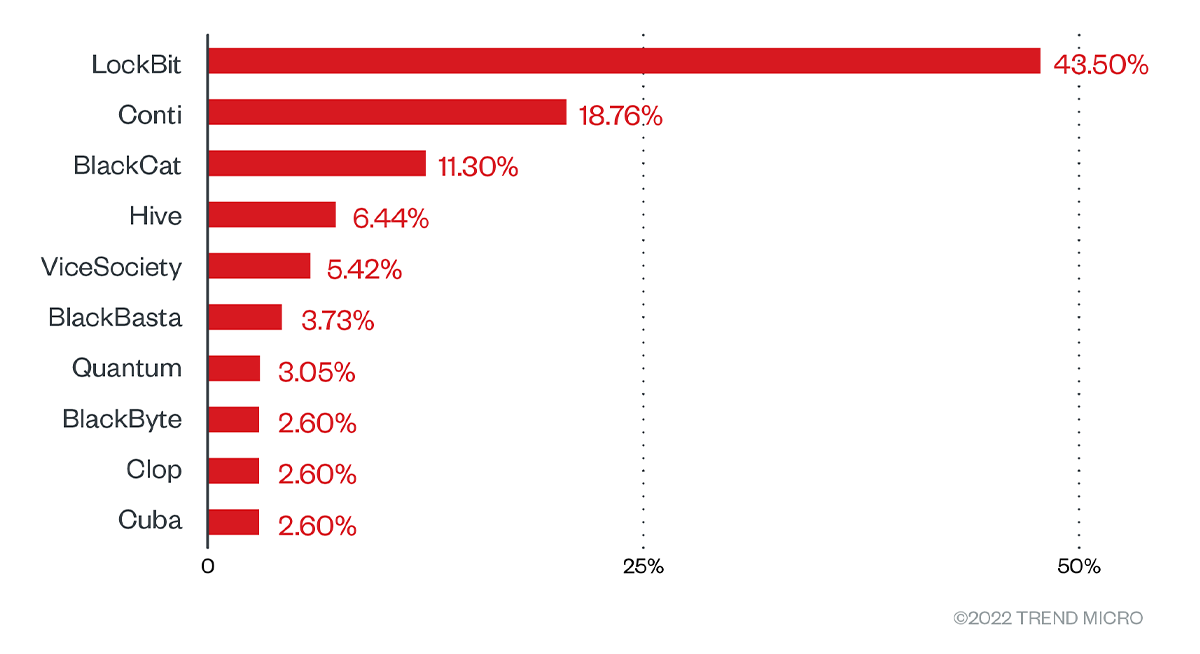
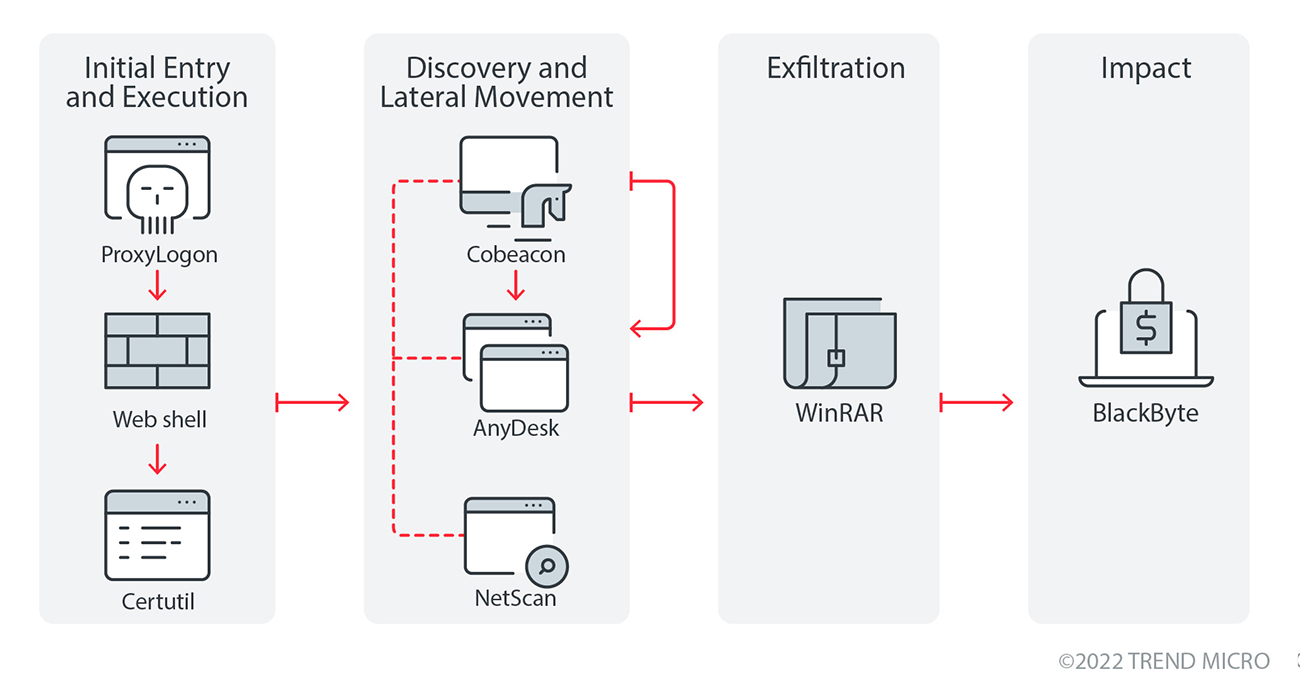
 Complexity and Visibility Gaps in Power Automate
Complexity and Visibility Gaps in Power Automate AI Security Starts Here: The Essentials for Every Organization
AI Security Starts Here: The Essentials for Every Organization Ransomware Spotlight: DragonForce
Ransomware Spotlight: DragonForce Stay Ahead of AI Threats: Secure LLM Applications With Trend Vision One
Stay Ahead of AI Threats: Secure LLM Applications With Trend Vision One